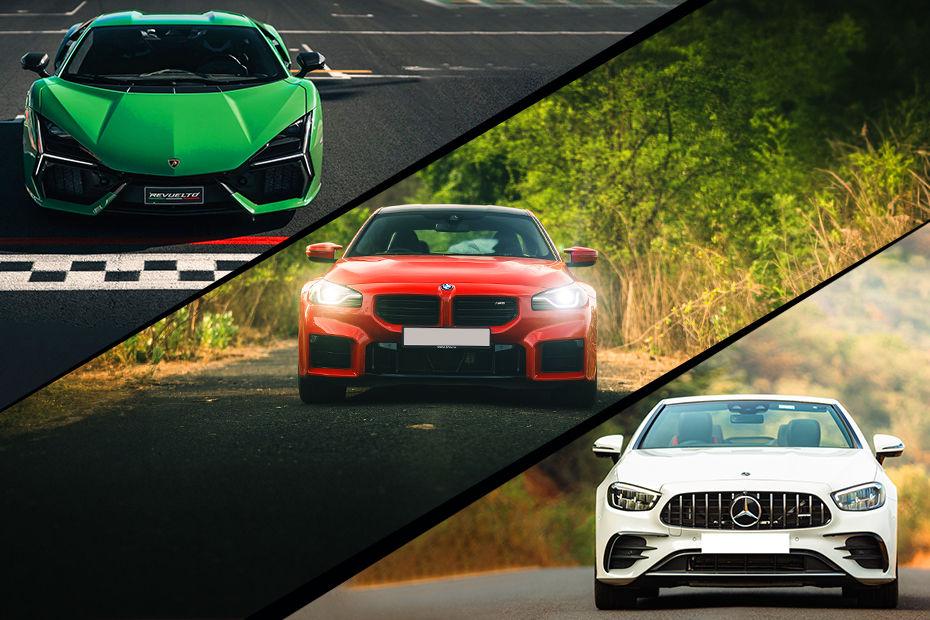Ferrari's New Generation Vehicles at 2012 Paris Motor Show
Modified On Sep 28, 2012 11:25 AM By CarDekho
- Write a comment
The Ferrari display at the Paris Salon exhibits the five cars making up the current range, each of which represents a new generation of the company’s 8- and 12-cylinder models. The F12berlinetta is the most powerful and high-performance V12 ever built due to its 740hp power output and light, compact architecture. It is flanked by a model with a complementary mission, the FF, is four-seater four-wheel-drive car which now sports a new full-length panoramic roof in a special reflective glass (LowE) that gives occupants an open-air driving feeling, while providing thermal and acoustic insulation.

The coupe and the Spider versions of the 458, powered by the V8 that has won the Best Performance Engine Award for two consecutive years, are designed for owners seeking a sportier driving experience. The California 30 – the ‘30’ in the name referring to the reduction in weight and increase in horsepower introduced on the model earlier this year - is aimed at owners who put more store in greater versatility of use. In line with its “Different Ferraris for different Ferraristi” philosophy, these cars are designed to fulfil complementary roles without compromising their DNA which remains absolutely unique in terms of performance, driving pleasure and advanced technologies. All offer exclusive design that combines modern styling with traditional cues typical of the marque.

While power has been boosted by approximately 100Bhp across the model range, fuel consumption and emissions have been reduced by 30 per cent compared to four years which is an outcome of the work done not only on engines and structural components, but also on aerodynamics, tyres and vehicle sub-systems. Ferrari drew on its vast experience in working with composites for single-seaters for its new hybrid model which will be produced in a limited-edition, special series. For this model Ferrari chose not to use the industrial carbon-fibre manufacturing techniques, such as RTM (Resin Transfer Moulding), normally adopted in the automotive sector, as they did not meet the quality and functional standards Ferrari set itself.

The materials, design methodologies, construction processes, staff and instruments used are all shared with the Scuderia Ferrari, with the formation of a working group which relied on an important contribution from Rory Byrne, Ferrari’s F1 chief designer who was behind 11 of the team’s Championship titles. The chassis uses four different types of carbon-fibre and is hand-laminated then cured in autoclaves following engineering processes which optimise the design by integrating the different components.
The main structure is made from T800 carbon with local, strategic applications of T800UD, a unidirectional carbon-fibre tape, for reinforcement. To ensure weight was kept to an absolute minimum, the structural under body and the cross-member are made from another type of particularly high tensile strength carbon-fibre known as M46J. In certain critical areas, such as the doors, very tough T1000 was adopted as it is particularly efficient in terms of impact absorption which is why it is used in the nose-cone of the single-seaters. Carbon-fibre is combined with Kevlar® for the undertray to prevent damage from debris thrown up from the road. The overall chassis is 20 per cent lighter than the Enzo Ferrari, despite the extra weight required by housing the hybrid components and to meet regulatory obligations. Torsional rigidity is increased by 27 per cent and beam stiffness is up by 22 per cent.















